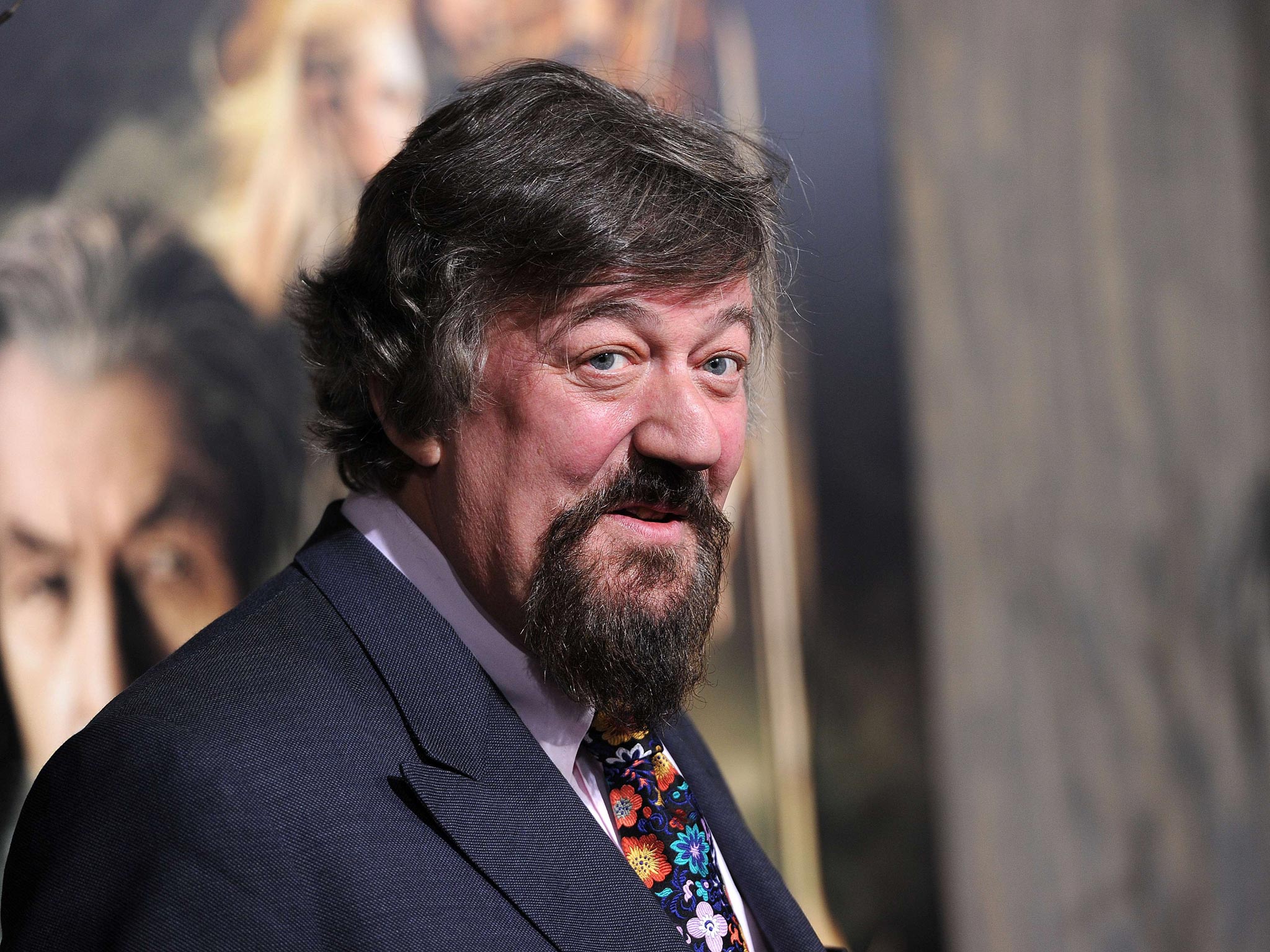Can we get an RT? Number 10 turns to Stephen Fry's Twitter following to get their message across

They may be unaware until now but Stephen Fry and celebrities like him with millions of Twitter followers could become the prime targets for the new generation of Coalition spin doctors selling Government policy.
Number 10’s head of digital communications has hit the return button on a “culture change” in Downing Street which he hopes will transform the way politicians interact with the public.
Anthony Simon outlined a vision this week which included endorsements from influential people on Twitter he said can have a “great impact” on the Government's campaign work, referring in particular to the Government’s recent dementia campaign.
Speaking at the UK’s biggest technology and marketing event, Mr Simon said that the ability to get Stephen Fry to retweet the Government’s message about dementia, despite Fry not being a “natural fan” of many Government policies, was an important part of its communications strategy. The QI presenter has promoted National Dementia Awareness Week on his feed as well as other links and messages of support for Alzheimer’s sufferers.
With his 6.62m Twitter followers – 11 times more than David Cameron and nearly three times more than the official Number 10 feed – it is easy to see why a Fry endorsement is so warmly received.
Mr Simon told The Independent he was “trying to encourage people to think more digitally” in the Prime Minister’s and Cabinet Offices and that digital communications planning should not be left to specialist teams.
He said: “We don’t have a list of [celebrity] targets but it is important for people to think who their main influences are. Someone with millions of followers retweeting a message can raise its awareness considerably.”
Mr Simon cited Whitehall’s responses to Typhoon Haiyan in the Philippines, the Syria crisis, and the recent badger cull, as examples where the Government’s digital communications worked “incredibly well”.
He said: “I want all Government departments to get to that level and for senior people not to think that digital is done by someone else. As long as we have specialist digital teams that exclusively do digital work, we will never get that culture change. We need everyone to be thinking digitally.”
Mr Simon said the Cabinet Office has been using social media to change the way the Government communicates with both the public and media. He said the department tries to “leapfrog” traditional methods wherever possible.
He said: “The last couple of reshuffles we were tweeting the names of new ministers, rather than sending out traditional press releases. It’s democratic, fast and effective. We’ve been doing things in an old-fashioned way, and we try to leapfrog wherever we can to do them in a modern way.”
The United States may be home to the best digital brains in the business when it comes to election campaigning but Mr Simon said Americans “look jealously” at the UK Government’s online communications.
Barack Obama’s social media star Teddy Goff – the digital director behind the 2008 and 2012 Presidential campaigns - managed to raise $690 million online, build a Facebook fan base of 45 million people and a Twitter following of 33 million people. He also registered more than one million voters online. But whereas Mr Obama has 41.7 million Twitter followers, The White House feed has just 4.61 million - Number 10’s has 2.68 million followers in a population one sixth the size of the US.
Mr Simon said: “We also have the gov.uk website as the one online home for all Government communications and it was excellent during the floods crisis where everyone could go online and find information easily in one place – the US does not have that and Americans I have spoken to look jealously at it.”
The British public however does not respond in quite the same way to Government social media. The photo of President Obama hugging his wife Michelle after re-election in 2012 became the most retweeted tweet of all time. By contrast, a photo of Mr Cameron watching boxer Nicole Adams win gold at London 2012 was ridiculed on Twitter – although it received a much more favourable response when posted on Facebook.
Mr Simon said part of Downing Street’s plan is to use Facebook for more emotional content with a Twitter focus on breaking news and policy.
Subscribe to Independent Premium to bookmark this article
Want to bookmark your favourite articles and stories to read or reference later? Start your Independent Premium subscription today.

Join our commenting forum
Join thought-provoking conversations, follow other Independent readers and see their replies